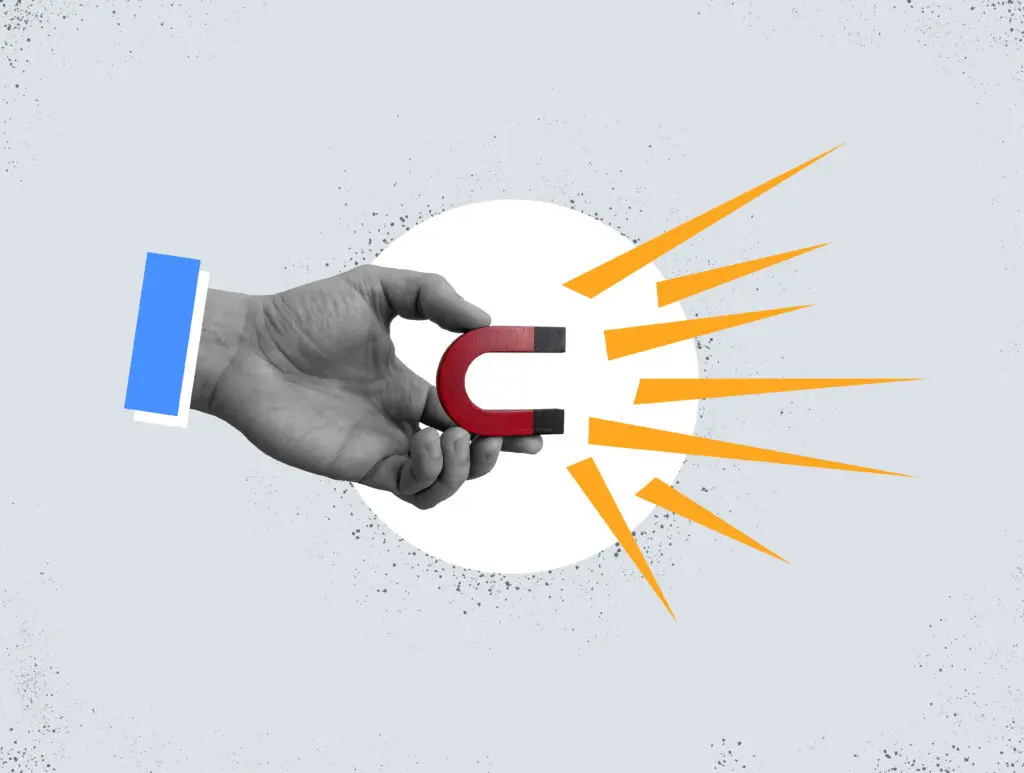Prior to a decade ago, impersonal advertising ruled the world.
At the time, wizards of promotion reached massive audiences to tout brand authority or product reliability as the key benefits for the buyer. With a relatively captive audience, marketers achieved tremendous success using well-produced advertising to generate demand for their goods. Then came the fragmentation of the market, and nothing has been quite the same since.
As a proponent of Advertising, I’m happy to say that broad messaging still delivers results when executed with the right strategy on the right mediums at the right time. Expansive campaigns still move the needle very quickly. Otherwise, major brands wouldn’t invest their money in general market advertising.
The same can be said for Sales.
A massive outreach campaign using cold calling, promotional events, and outside sales teams can quickly increase revenue when executed correctly and for the right reasons. That’s why telemarketing and door-to-door sales still exist today.
Given the above information, it will seem odd to hear us recommend that you should think twice (or three times) before taking a “one size fits all” approach to your sales and marketing. Whereas cold techniques can still generate measurable results, they also fail to produce a long-lasting, loyal connection to the buyer. They lack warmth. They lack empathy.
Empathy is the biggest missing ingredient of most Sales & Marketing campaigns.
Empathy is defined as:
“Understanding and being sensitive to the feelings, thoughts, and experiences of another person.”
In a marketing context, lack of empathy manifests itself in campaigns that manipulate the buyer using misleading information, assumptions, and crass persuasion.
“9 Out of 10 Doctors Recommend…”
“Best Pizza in Town”
“Money-back guarantee!”
Without truth in advertising or any oversight, companies can say just about anything without immediate recourse. As a result, today’s buyers are shrewd and highly cynical of the classic push model of advertising that employs catchy slogans and a litany of broad benefits. They want to be understood, spoken to directly, and (dare I say it) informed and entertained.
For a good example of a company that understands empathy in marketing see Chubbies shorts.
While Chubbies’ marketing still features a list of qualities one might expect from their products, the models aren’t showing off six-pack abs in exotic locations that are financially out of reach for their target buyer.[nbsp_tc] As the name implies, Chubbies models are just as likely to have a beer gut or dad-bod as they would a fit and trim physique. Chubbies understands that everybody is different, but everyone needs comfortable and durable shorts when it’s hot outside. Warmth. Empathy.
Let’s apply this to Sales.
How often have you received a phone call from a stranger asking you to buy something you either didn’t know about or don’t really need? How frequently did you buy from that person? We bet it’s far less than 10%… maybe even 1%. Those are still good numbers for companies who live and die on sales volume, but selling a widget over the phone for less than $100 requires a completely different sales process than selling someone $100,000 worth of intangible services.
As with everything, the need to cold call or use telemarketing largely depends on your product, your goal, and the needs of your buyer.
Start by empathizing with your buyer. Who are they? What do they want? What do they need? What value does your product provide? How does your brand connect with them? How does your sales team bond with the buyer to build trust? How is your product priced relative to the needs, values, benefits, and competition? If your buyer doesn’t feel compelled by your offering, it’s going to be a tough sale. And when the sale is done, will your buyer stay loyal?
A good example of a company that uses empathy in sales is Sparefoot.
Self-storage is a purely transactional purchase determined by some basic criteria, like price and proximity to the buyer. Sparefoot understands that researching self-storage options is a huge hassle. More importantly, they know that people who rent storage are either moving, running out of space in the home, or in some kind of emergency to store personal and professional belongings. Their first step is to recognize the emotional state of the buyer and guide them to rent the storage unit that meets their most urgent needs. Warmth. Empathy.
What happens when a company ignores empathy in their sales and marketing strategies?
The first sign of problems usually occurs in response to advertising or online media. You may have a problem with messaging and content if your brand isn’t attracting bees to the garden. It’s also possible you’ve selected a media mix or program schedule that doesn’t reach your audience at all. You may be missing the mark entirely. These are easy mistakes to make if you don’t understand your buyer.
Beyond that, lack of empathy typically results in slower sales, shorter engagements, or, even worse, disloyal customers. As soon as another company comes along that connects with your customer you’ll see sales start to drop.
Think it can’t happen to your company? See what happened when Coca-Cola rolled out New Coke in 1985. The company thought their consumers demanded a sweeter cola like Pepsi, so they attempted to regain market share by changing their core formula. The result was disastrous. They cut off their most loyal customers who were emotionally connected to Coke’s classic taste and style.
You may think your product is transactional or too technical for all the touchy-feely science of Empathy, but when buyers are faced with so many cold options you can bet they will gravitate to warmth. Build a fire, friends!
Ready to take your business to the next level? Contact us. We’re here to help.

